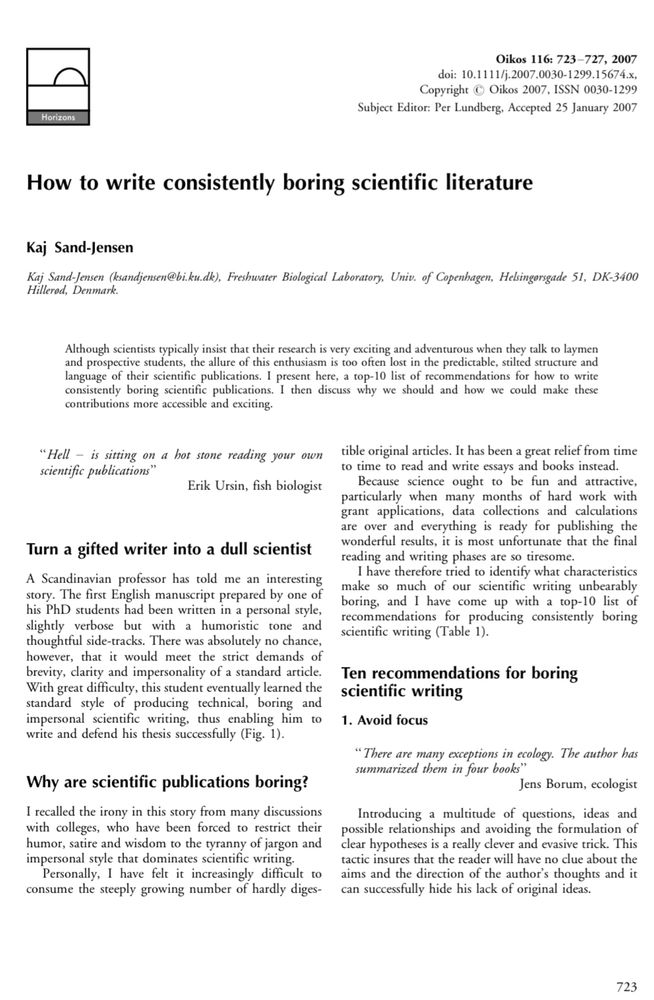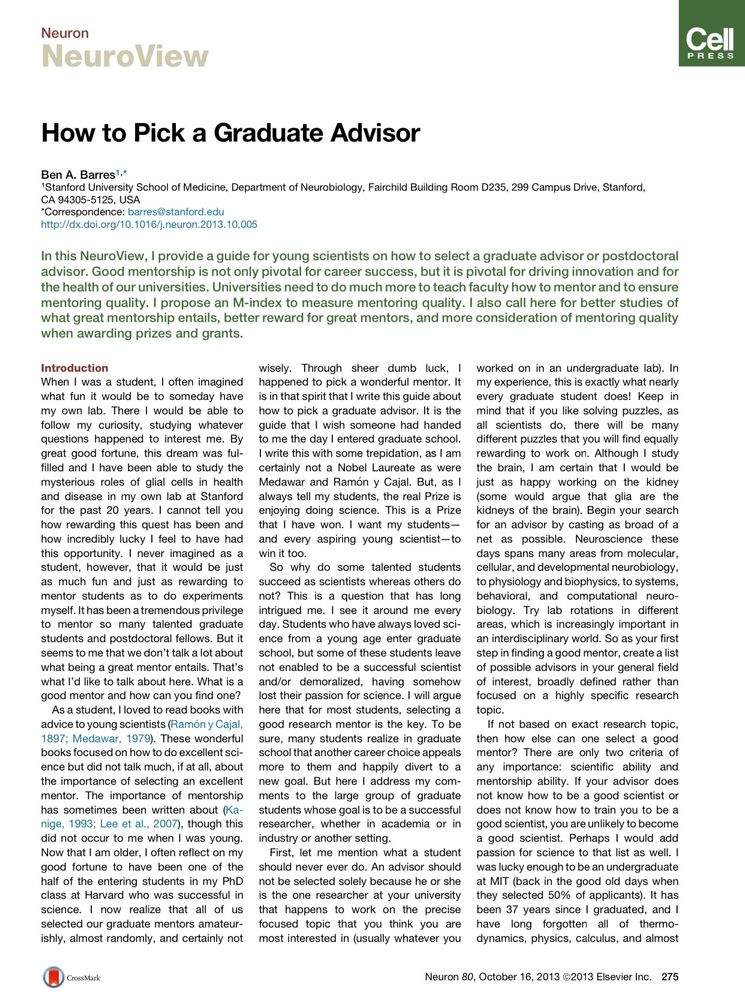🇨🇦 Marc Strous
@marcstrous.bsky.social
390 followers
89 following
69 posts
Canada Research Chair in Geomicrobiology. Fascinations include alkaline soda lakes and ancient groundwater.
Posts
Media
Videos
Starter Packs
Reposted by 🇨🇦 Marc Strous
Reposted by 🇨🇦 Marc Strous
Reposted by 🇨🇦 Marc Strous
Reposted by 🇨🇦 Marc Strous
Reposted by 🇨🇦 Marc Strous
Reposted by 🇨🇦 Marc Strous
Reposted by 🇨🇦 Marc Strous
🇨🇦 Marc Strous
@marcstrous.bsky.social
· Aug 28
Reposted by 🇨🇦 Marc Strous
Jon Mifsud
@jonathonmifsud.bsky.social
· Aug 25

Recent advances in the inference of deep viral evolutionary history | Journal of Virology
Phylogenetic studies examining the origins, emergence, and spread of viruses have arguably been one of the most active and successful areas of evolutionary biology and form the bedrock of the flourishing field of genomic epidemiology. This, in part, reflects the ability of viruses, particularly those with RNA genomes, to evolve at rates much greater than their cellular counterparts (1). The rapid rate at which viruses evolve and accumulate mutations enables evolutionary signals to be identified through comparative genomics at short timescales relevant for outbreak investigation and response. The integration of phylogenetics and epidemiology, known as phylodynamics, has become a vital tool in response to numerous viral outbreaks, epidemics, and pandemics, including Ebola (2), Zika (3), and, more recently, COVID-19 (4) and mpox (5).
journals.asm.org
Reposted by 🇨🇦 Marc Strous
Reposted by 🇨🇦 Marc Strous
🇨🇦 Marc Strous
@marcstrous.bsky.social
· Aug 23
Reposted by 🇨🇦 Marc Strous
angela oliverio
@oliverio.bsky.social
· Aug 22

Twelve species of human parasites make up half of the literature on microbial eukaryotes
Although microbial eukaryotes comprise the majority of eukaryotic phylogenetic diversity and inhabit nearly all ecosystems globally, most research focuses on only a few species of human parasites. Her...
doi.org

















